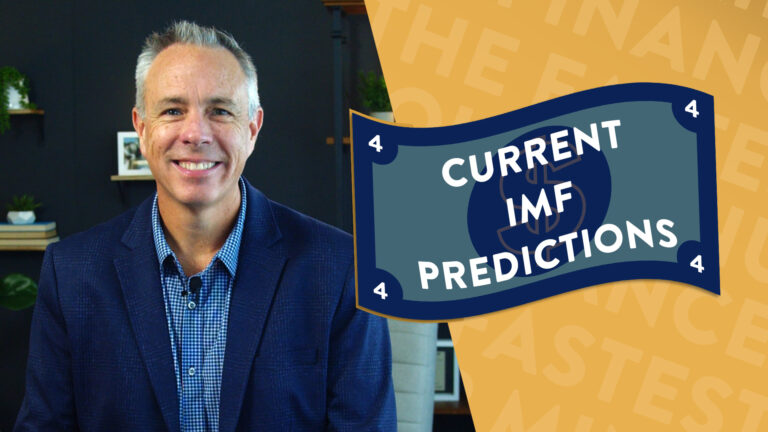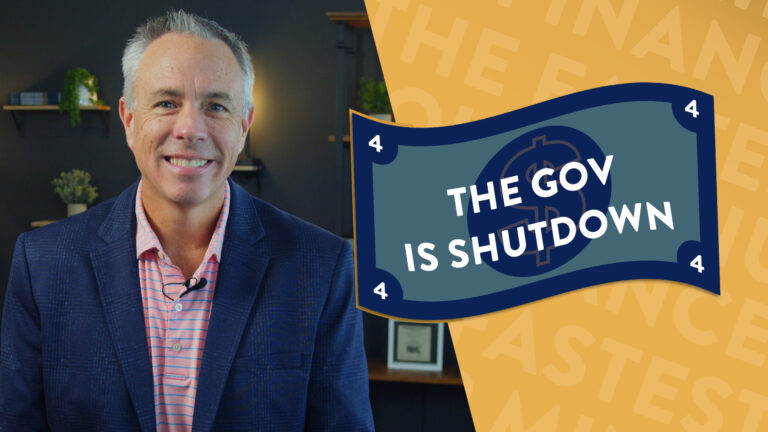Inflation’s Dramatic Decline
We are all still feeling the cumulative effects of the country’s most recent high inflationary environment. The U.S. inflation rate peaked in July, 2022 at 9.1% year-over-year. Since then, it has been tamed.
New data released this week, showed the December Consumer Price Index climbed just 2.9% year over year. That is certainly tame, in comparison to 2022.
Core CPI and Market Reaction
Even better news in that report came in the core CPI number. The Core CPI strips out the costs of food and gas, which tend to be more volatile. The Core CPI rose 3.3% from December 2023 to December 2024. It had been stuck at 3.3% for four straight months. This news was celebrated by investors as the markets took off on Wednesday when the news was released.
Federal Reserve and Monetary Policy
So, why are investors still so locked in on inflation? It seems pretty obvious we have nowhere near the inflation problem we had 2 and a half years ago.
It’s because inflation is still connected so firmly to monetary policy and monetary policy is connected so firmly to business activity. Or at least, it’s perceived to be.
The Federal Reserve has a stated inflation goal of 2%. While they look at other economic data, the general belief is that as long as inflation is north of 2%, the Fed will be slow to cut interest rates. While we are definitely close to that goal, we aren’t there year, and every time inflation data is released, it’s either stuck, or ticking up slightly. Investors are worried that either inflation will make a comeback, or that the Federal Reserve will delay cutting interest rates, or both. There was even worry that the Fed might actually raise rates again if inflation persisted above their 2% target.
It is really a case of a manipulated economy versus an all out free market.
Understanding Inflation Disparities
How can the Fed control the economy anyway?
Take a look at how divergent inflation really is. This chart from LPL Research shows the overall CPI year over year in blue, with the inflation rate of goods in orange, and services in gray. You can see all inflation is not created equal.

Goods inflation was literally off the chart during the COVID pandemic. We were all stuck at home and we buying stuff. You can see the prices of goods has been actually dropping for some time now. But, prices on services have been more stubbornly high.
Consumer Spending and Economic Factors
LPL chalks this up to rising wages, substantial wealth effects, meaning household net worth has increased from the stock market and home prices rising, and upper-income earners still driving spending. In other words, the consumer is going to do what the consumer does.
Personal Financial Independence
Bottom line, we will always have to deal with inflation, and while institutional investors may drive market volatility in the short-term, worried about how it might effect policy decisions, you can’t afford to let it spook you. Your plan for true financial independence is about YOUR economy, Not THE economy.
Securities offered through LPL Financial, Member FINRA/SIPC. Investment advice offered through Independent Advisor Alliance. Independent Advisor Alliance and GenWealth Financial Advisors are separate entities from LPL Financial.





